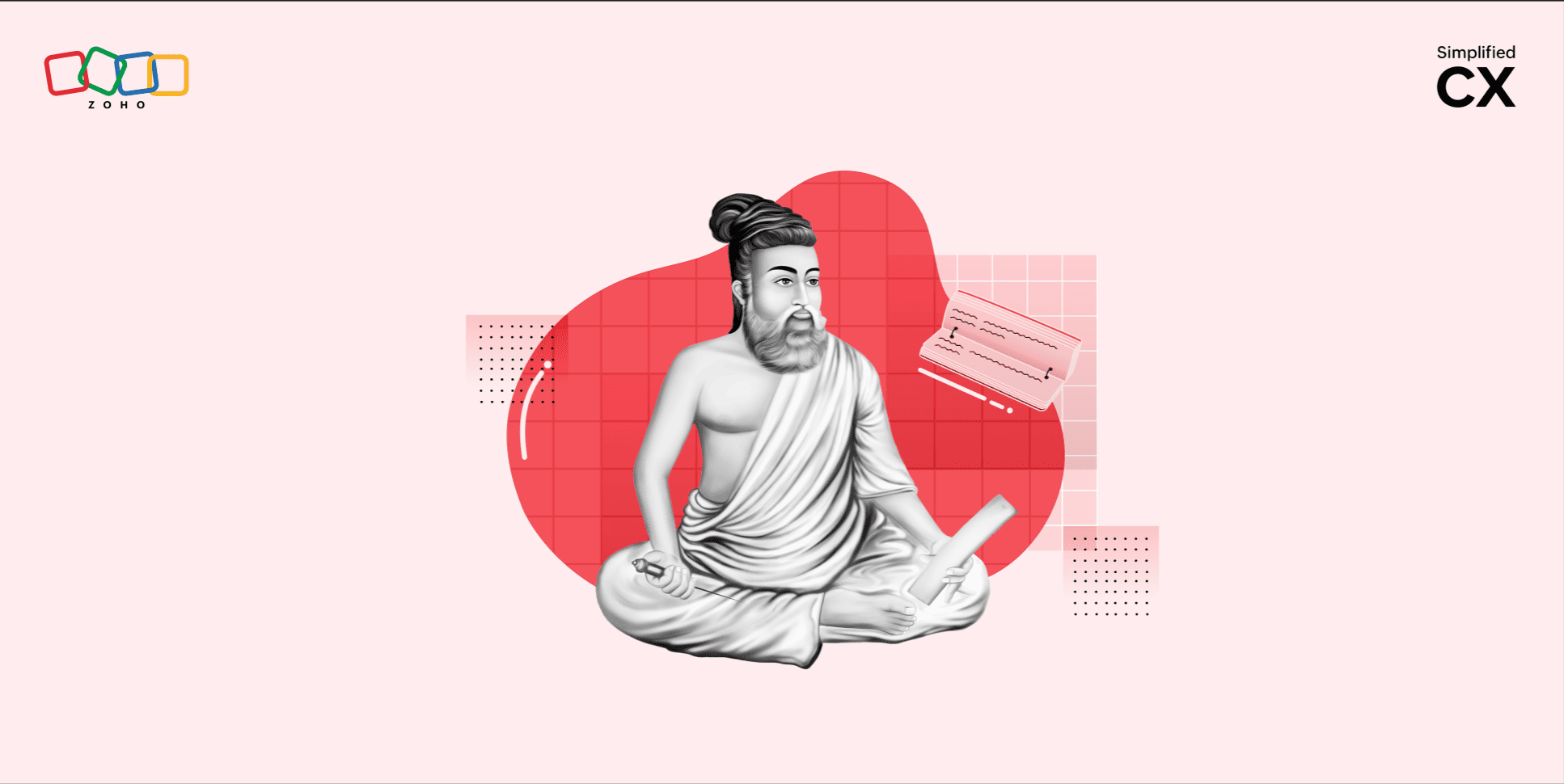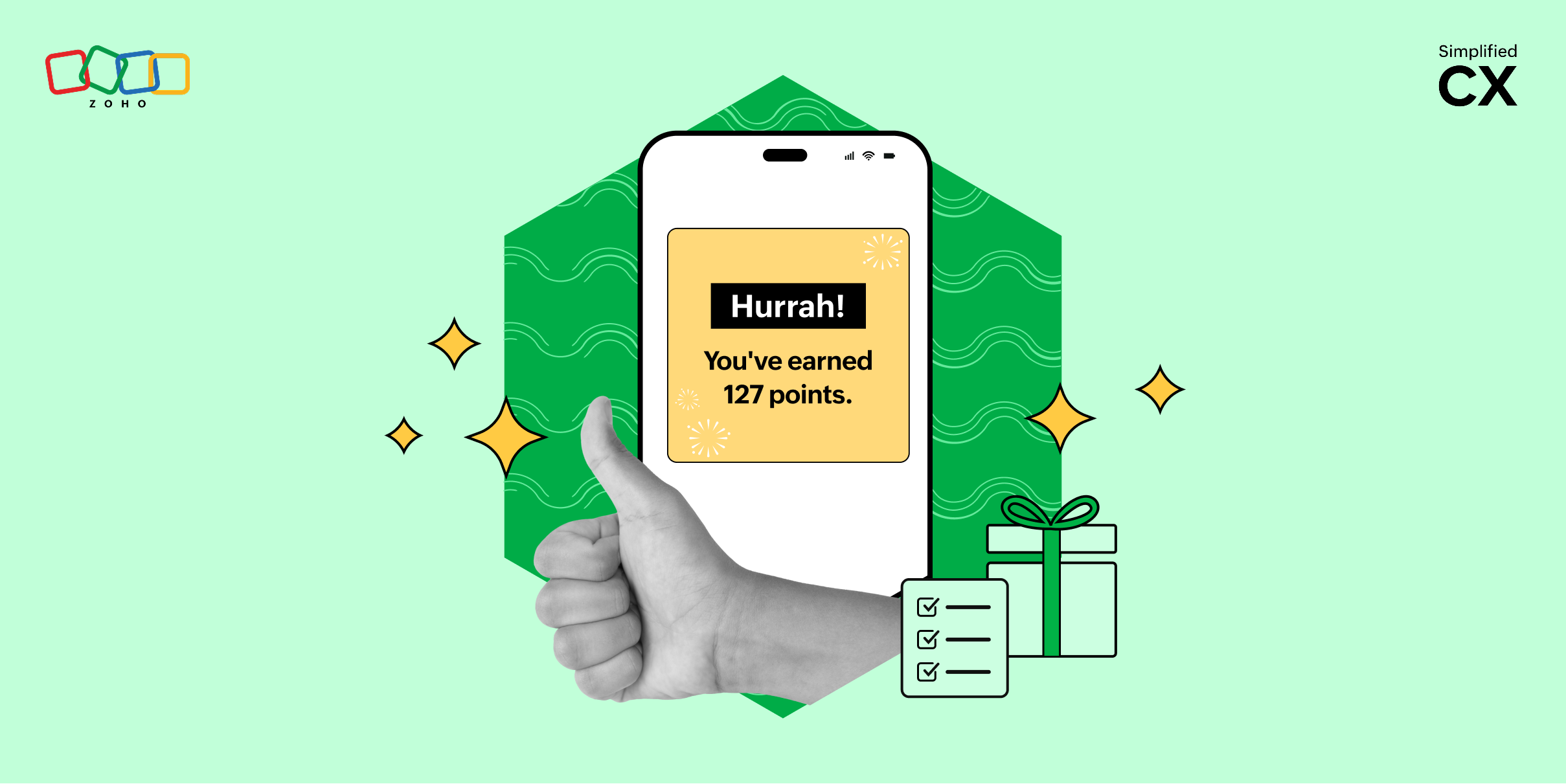Minimize effort to maximize experience
- Last Updated : December 15, 2023
- 183 Views
- 5 Min Read

Imagine you're facing a problem with a particular product/service and are contacting the brand's help desk to fix it. You first use a chat widget on their website. An agent connects with you and you explain the issue. They transfer your chat to someone more experienced, because the issue is somewhat complex. Now, this new agent connects with you, and instead of sharing the solution, they ask you again what the issue is.
Until now, the only thing testing your patience has been the problem you're facing. But now the customer support team is also joining the band. They make you put in extra effort (repeat the details of the issue) even before sharing the solution. And that's something most customers don't like—having to put in more effort than needed.
Don't just take my word for it; I come to you with data. A Gartner report reveals:
- 96% of customers with a high-effort service interaction become more disloyal compared to just 9% who have a low-effort experience.
- 94% of customers with low-effort interactions intend to repurchase compared with 4% of those experiencing high effort.
Now step out of the customer shoes you wore at the beginning and put on your customer-facing shoes. We'll look at a few ways how you can minimize customer effort and maximize customer experience.
Provide a true omnichannel experience
Let's continue with the example we saw. What exactly went wrong there? Ideally, the second agent should have had context about the customer's issue and not asked them to repeat the information. And so far, the channel in this example has stayed the same—live chat. The problem gets compounded further if the channel moves from chat to, say, phone. In that case, the customer has to share information by text once and also repeat it orally over the phone. The amount of effort keeps increasing.
If you provide support through different channels, it only means that you provide multichannel support. For it to be considered omnichannel, agents must be able to access relevant information across all channels seamlessly. To achieve this, invest in a strong technology stack that unifies these channels and makes them function as one. That way, even if the interaction switches from one channel to another, the customer doesn't have to put in more effort to explain their issue through every single one.
Invest in employee training
Once the resources are in place, it's time to train employees on how to use them effectively. The bulk of customer effort can be minimized if your team members know exactly what to do in different situations and do it well.
Through an effective training program, you can also ensure that your agents do more with less, meaning if a customer comes with a particular concern, your agents can not only solve it but also recommend related actions that add value. By doing so, your agent helps the customer achieve multiple goals in a single interaction, thereby saving a significant amount of time. An effective training plan also helps achieve strict adherence to processes and consistency of service.
Proactively identify high-effort interactions
A simple guideline to follow while looking to improve CX is an adage widely known as the Golden Rule: "Do unto others as you would have them do unto you." In that vein, if you, as a customer, wouldn't want to put in extra effort for something trivial, then you should show the same consideration to your customers, too.
Therefore, always—and I mean ALWAYS—look critically at your processes and practices from a customer's perspective. There may be interactions that demand extra effort due to security and compliance reasons. In such cases, that extra effort can't possibly be eliminated. However, if an interaction happens to demand extra effort for no valid reason, you absolutely have to make it simpler. Even an action like unsubscribing from your newsletter, which is a discontinuation of a service/interaction, should be low-effort for your customers.
Find out your CES and make improvements
Besides identifying high-effort interactions yourself, you should also directly talk to customers to find out which interactions require a great deal of effort and simplify them. Start off by first measuring your customer effort score (CES) and proceed from there.
To calculate your CES, ask your customers to rate their interactions with you on a particular scale. You could ask a question like:
On a scale of 1 to 7, how easy is it to work with our offering? (1 to 3 - easy, 4 - neutral, 5 to 7 - not at all easy.)
An overarching question like this can help you gauge your offering's overall ease of use. Alternatively, you can focus on specific interactions and measure the level of effort required in each. In such an approach, you can ask questions like:
- On a scale of 1 to 7, how easy is it to find information in our knowledge base?
- On a scale of 1 to 7, how easy is it to modify your subscription on our app?
Besides seeking feedback on areas that you specify, also make sure to ask customers which other interactions require a lot of effort from their side. This way, you ensure that you've covered all areas that matter to your customers.
Minimize employee effort
Just like how employee experience influences customer experience, employee effort also influences customer effort. The bulk of employee effort should be directed towards delivering a positive experience for your customers and not simply "getting through" the day's work tasks.
What that means is that you should empower your team members with the right tools and technology to make their work easier. This could be things like having to perform mundane tasks manually, having to switch between multiple tabs frequently to access different tools/channels, having to type out frequently used messages, and so on. When your employees don't have to invest significant effort and time into multiple minor activities, they end up having more time to focus on ways to reduce customer effort.
The very purpose of a business's offerings is to make life easier for customers, but if using the offering or seeking support seems like a chore in itself, customers are bound to seek alternatives. Therefore, no matter how many capabilities your offerings include or how advanced each capability is, it's important that you focus on their ease of use and strive to reduce customer effort as much as possible.


